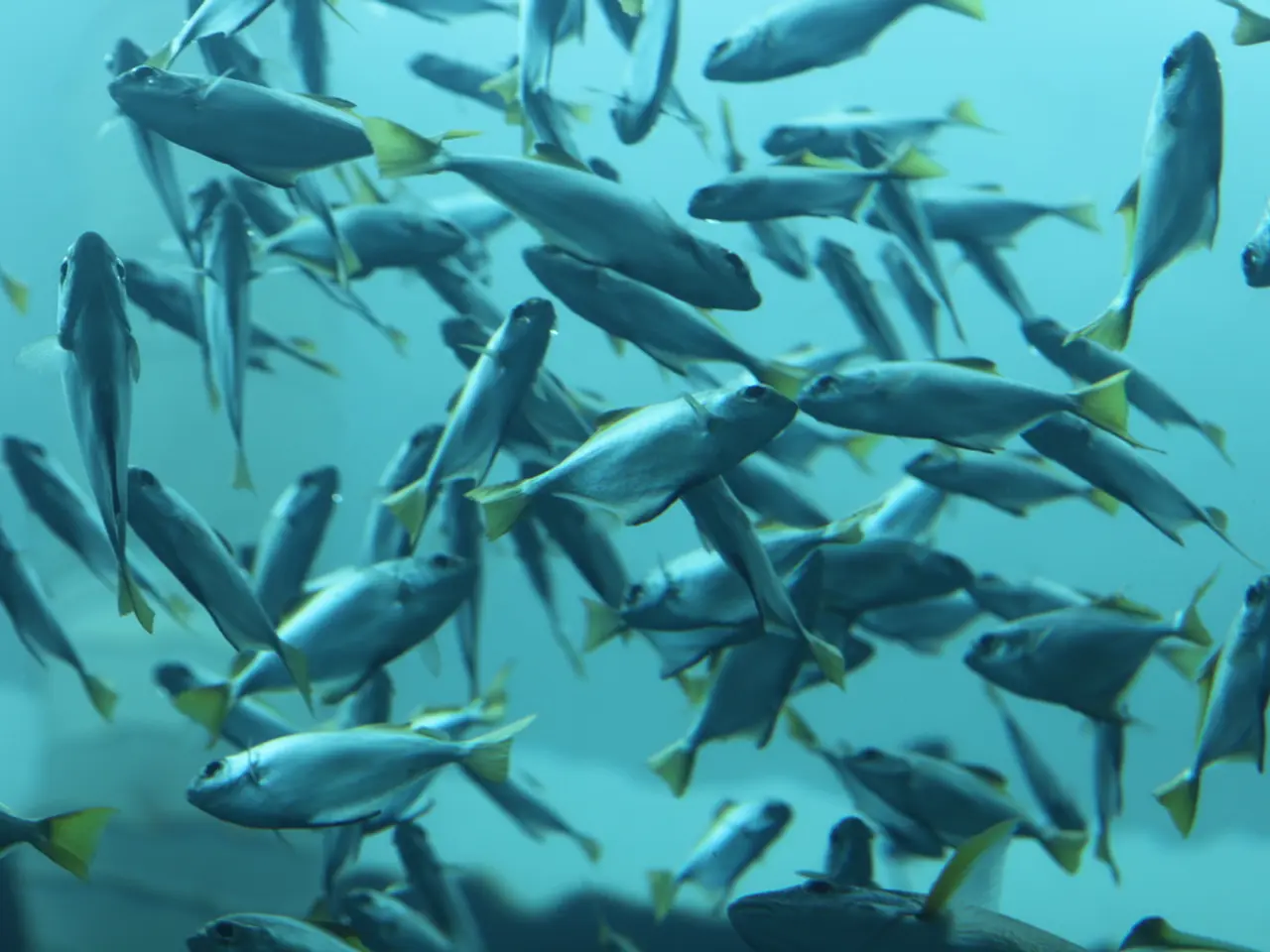Riverside Ecosystems: Aquatic Homes for Fish Along the Wupper River
The Wupper river system, nestled in the heart of the Bergisches Land region, is home to around 30 different species of fish. This diverse aquatic life is a testament to the successful efforts to revitalise the river, which, until 1980, was known as the "black river" due to its severe pollution.
The journey towards a cleaner and fish-filled Wupper began in the 19th century, when population growth and industrial waste turned the river into a polluted waterway. However, thanks to the collective efforts of municipalities, industry, and the Wupperverband, significant strides have been made in improving the Wupper's water quality. The expansion of wastewater treatment plants by the Wupperverband played a significant role in this recovery.
The renaturation of the Wupper is a collaborative effort involving organisations such as the Nature Conservation Association Bergisches Land (NABU Bergisches Land), Water Management Authorities, local environmental groups, and even volunteers from fishing clubs. Barriers like smaller weirs were removed, and fish ladders were built to make the Wupper passable for fish. Large stones in the Wupper alter the flow speed and provide protective spaces and spawning grounds for fish.
One of the key projects supporting species conservation efforts is the salmonid hatchery located at the Dhûnn in Leverkusen-Schlebusch. The Bergischer Fischereiverein 1889 e.V. also raises Lachs fry in a hatchery in Wuppertal-Beyenburg and releases them into suitable sections of the Wupper. The re-introduction of the Lachs, a wandering fish species, was necessary as it had been absent from the Wupper since the 1830s.
The improvement in the Wupper's water quality has led to the return of species like Lachs, Meerforelle, and Barsch, in addition to the namesake species Bachforelle, Äsche, and Barbe. In the city of Wuppertal alone, around 13 km of the total 15 km of the Wupper's course have been designed in a natural manner. Other projects for renaturation and natural watercourse development can be found in Leichlingen / Balker Aue, Wipperfürth-Ohl, or in the Wupper section from Wipperfürth to Hückeswiesen.
With further renaturation of the Wupper, the river can once again become a home for endangered wandering fish. The Wupperverband collaborates with municipalities, property owners, and businesses for projects of renaturation and natural watercourse development. The future of the Wupper river system looks promising, as it continues its journey towards a cleaner, healthier, and more diverse aquatic environment.








